Viagem Brazil: Finding destiny in Brazil’s mystical religion, Candomble


SALVADOR, Brazil – Forty-five minutes outside the downtown cobblestone squares choked with tourists and a world away from the World Cup, up a hill above the ocean and down a dirt road, there is a house.
Behind the house there is a room out back with deities painted in bright colors on the walls, clad in dresses that unspool from the waist like oversized umbrellas, or dressed ready for combat, axes and bows in hand.
Inside the room there is a table filled with fruits, shells, a candle, fava beans, small black rocks, a white stone the size of a baseball, a statue, lavender perfume and three dice.
Behind the table sits Gilson Ferreira dos Santos. He is a Pai de Santo in Candomble, a Brazilian religion with African roots. He is the link between the spiritual world and the material one.
Gilson wears a brown robe and white sandals and a necklace made from blue shells. He smiles and reveals a gap between his front teeth. He asks if I want to know my Orixa, one of 16 Candomble Gods that protects me and controls my destiny. Told yes, he grabs an instrument and rattles it, calling the Orixas to land, to “incorporate in physical material” – to incorporate in him.
He asks for my full name and my birthdate and whether I want to know about my future in my career, my spirituality or my finances. Having switched jobs a few months ago as well as having moved across the country, I chose my profession.
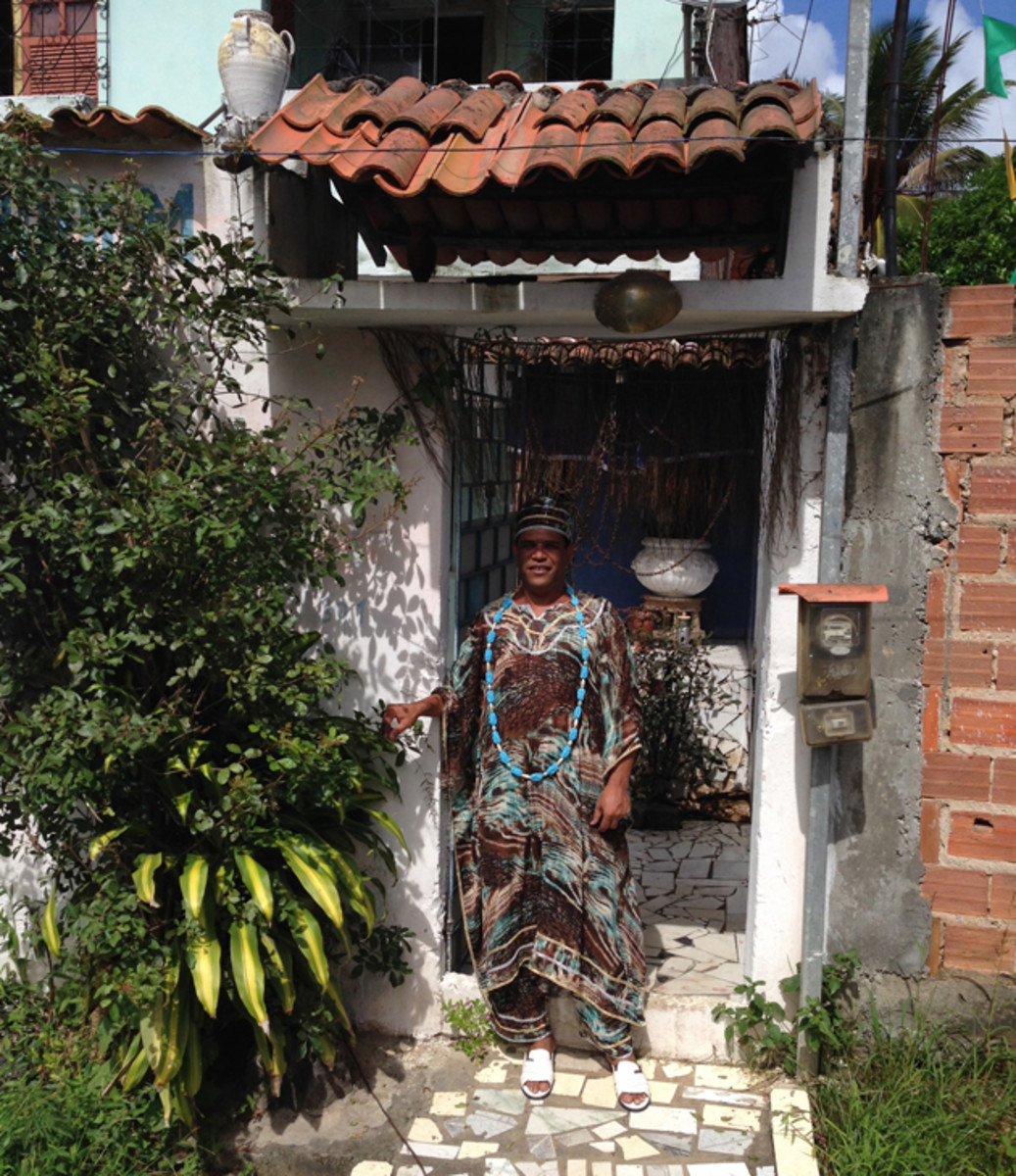
He gathers many of the items from the table and cups them in both hands. He speaks softly in Portuguese and shakes everything together and dumps the whole lot on the table where it lands with a thump.
****
We met Barbara Leoa through an acquaintance of an acquaintance. Our translator in Salvador, Filipe Sousa, knew an American from Connecticut, Elicia Blodgett, who lived there for the past eight years. She shares an apartment now with Barbara and her boyfriend, Michael Julian Perez, two vegans who practice Candomble.
We found all three of them in one of the squares, surrounded by tourists snapping pictures. Barbara wore pink shades and striped stockings, her hair in dreadlocks. We wanted a crash course in Candomble, which is believed to have started in Salvador.
Viagem Brazil: Prostitution, revelry and World Cup soccer own the night
Barbara grew up in a family divided by her religion – half practiced; the other half denounced. She paid Candomble little attention until she was 18, when she visited a Pai de Santo who knew many intimate details about her life that she had never told him. Now she bears the marks of Candomble initiation – small crosses on both arms and on the back of her neck. So does Julian.
Like most religions, Candomble is not easy to explain. It means, roughly, to dance in honor of the Gods. It dates back hundreds of years. It’s practiced mainly in Brazil – particularly in Salvador –and throughout the state of Bahia, of which Salvador is the capital and where there is a heavy African influence. It’s also practiced in other countries, though in smaller numbers.
Candomble is mostly an oral tradition. There are scripts but no Bible-type document. The most powerful God is Oxala. The other, lesser Gods are called Orixas. Believers honor them in ceremonies heavy on music and dancing with offerings and rituals. Practitioners believe each person has one main Orixa and a secondary Orixa that guide them and mold their personality. The Orixas are believed to be guides over certain realms. Oxum, for example, is the God of love, beauty, wealth, intimacy and diplomacy. Ogum rules hunting, politics, truth, accidents and war.
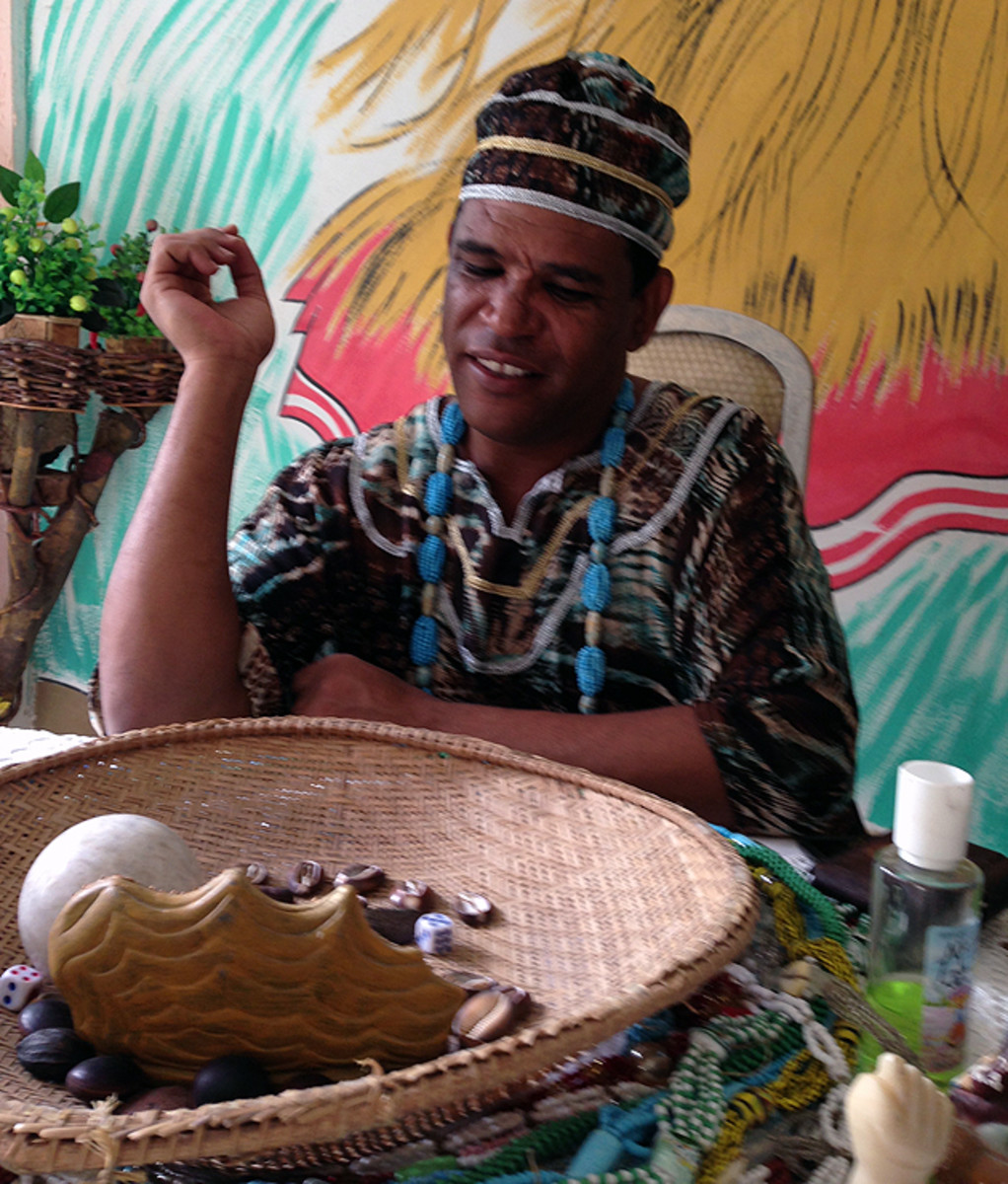
Barbara sat on the steps of the square. These are mythological figures, she explained. “Only they’re not myths,” she said. “They’re real.”
They ask if we want to meet with Gilson. Plans are set, and then we split off and venture through the squares. We pass shops filled with African statues and various instruments, mostly drums and percussion shakers. None of the shop owners want to talk. We try two museums with Candomble wings. Both are closed.
We stop by a Candomble church. A choir practices inside; their voices carry down the street. Outside, the fence is lined with colorful ribbons. Believers tie them on the fence and ask a question – Will I be rich? Can you bless my unborn child? – and legend has it that when the ribbons fall off, the question is answered. We saw them all around town, particularly in taxicabs, tied to rearview mirrors and gearshifts. We made it as far as the entrance. A man stood inside an iron gate. He said the person who could authorize us to go inside was not there. He said he could not.
A sign inside told us the church had been created in 1685. Another man left through the gate.
He closed and locked the door behind him.
***
I met the three roommates the next morning, hours before the scheduled match between Germany and Portugal. The taxi we hailed swerved toward the beach, hugging the coastline as it sped away from the tourist center.
They call the areas outside of downtown Suburbia, but it’s the opposite of what that word means in America. It’s where the poorest people live.
The house we went to is called a Terreiro. His Terreiro, Gilson explains, is a House of Oxun, the Orixa with the strongest influence there. There is a tree in the living room, its branches filled with pots of flowers. There are pillows on the floor and a television with small speakers and a side room filled with elaborate dresses for the Candomble celebrations.
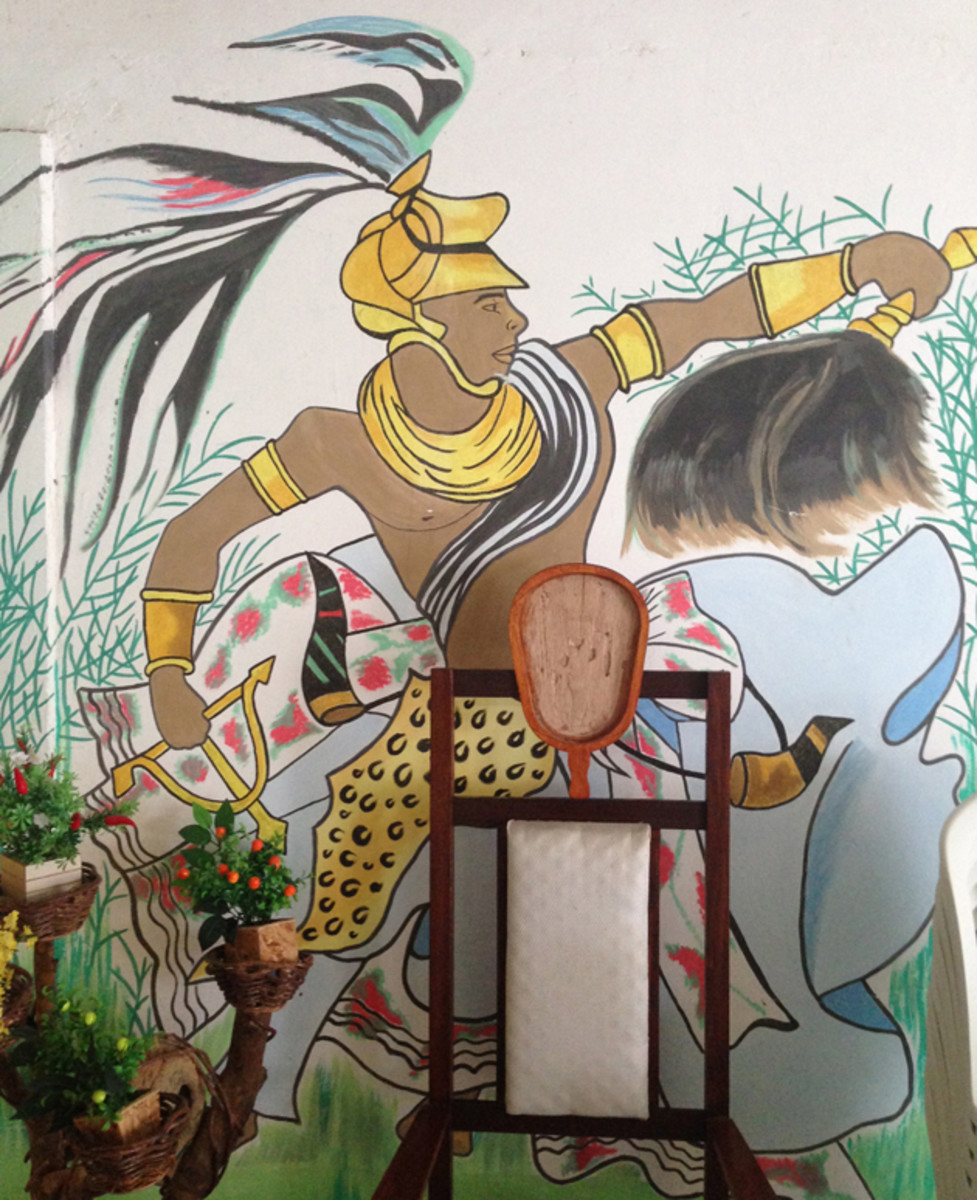
Gilson was born into a Candomble house in Salvador, his ethnic background a mixture of Indian and gypsy. Orixas incorporated in his great-grandmother and grandmother; the latter lived to the age of 114. “It was passed down to me spiritually, the influence,” he said, as Elicia translated. “At seven years old, the Orixas were already incorporating in me. I was already getting the spirit.”
Candomble was illegal then. It has been illegal for much of Gilson’s life. Slaves from Africa, priests who knew the principles, brought the religion to Brazil. They hid the statues of their Orixas under shelves and put saints on top instead. Each saint corresponded to an Orixas. It was like that.
Gilson said the first churches built in Salvador were Catholic churches and were built by slaves. Those who practiced Candomble did so mostly in secret, in houses on the outskirts of various cities. Punishment for practicing Candomble included death.
Viagem Brazil: Inside and outside FIFA's corporate bubble in Natal
“It has been a huge struggle the whole time, every step of the way,” Gilson said. “Leaders were assassinated. Killed by politicians. Killed by policeman. They weren’t seen as having African roots. They weren’t accepted. Slavery was so heavy with them that Candomble was the way for them to cope with what they were going through.”
Gilson explained that various religions formed a coalition years ago to fight for religious freedom, Candomble included. They were able to gain some measure of legal acceptance. I asked how long ago that was, figuring 30, maybe 40 years. He told us 10 – and qualified that by saying he still feels discriminated against, still feels persecuted, even if he no longer fears for his life, even if famous actors and lawyers and doctors now openly practice Candomble. Then he started to tear up.
“They would say that we’re witches,” Gilson said. “That we’re Satan worshippers. That was just complete ignorance, because we don’t work with Satan or demons or any negative energy toward anyone. It’s very emotional, because we lost a lot of people, and we lost people violently.”
There is, he continued, a flip side to acceptance. Now that believers can practice Candomble, some do so to trap tourists. They overcharge. They invent ills that require rituals to combat, then charge more. The leaders met before the World Cup to discourage such practices. But it happens.
“Brazil should be shameful of this,” he said.
Gilson shakes. Gilson throws. Thump.
“You’re a person who’s very admired,” he says. “You have very good energy. You’re full of light. Very illuminated by the goddesses. You have a very bright star that’s with a very long path and a very successful path.”
(Sweet.) More shaking. Another thump.
“You have very good health,” he said. He smiles. “But don’t abuse it.”
(Fair.) More shaking. Another thump.
“Your profession seems very successful and very good but I see some obstacles, some energy of jealousy. More envy than jealousy.”
(Uh-oh.) More shaking. Another thump.
Viagem Brazil: Despite unfinished construction, Salvador’s party rages
The translation here was difficult. He said I needed to be more forceful in my profession, more of a daredevil, to go after what I wanted. “You need to be a little bit more of a hard-ass. You can go really far, and there’s really good things waiting for you, but you need to be a little bit less laid-back.”
More shaking. “You’re like a very blessed person. Like almost chosen.”
Another thump. “Maybe if you were in another house like this, they might be dishonest and tell you that you need something. But I’m being really honest with you because it’s all really, really good. So you don’t really need much, because what’s in front of you, what’s your path is really, really positive. You have so much more in front of you and it’s all really positive. You have this long, positive path.”
He tells me to take a bath with herbs. He says I need to be more spiritual.
My primary Orixa is Oxossi. He’s the only Orixa that has not known death (yes!). He brings prosperity, richness, health, power and harmony (nice!). He likes to make friendships (not bad!). He likes to be loved (fair enough). He’s intelligent and easily irritated and vain (you don’t say). That’s the scouting report.
My secondary Orixa is Iemanjá. She is the mother of all Gods, the mother of the ocean and the waters, the goddess of precious stones and orchids. She lacks sentiment and avoids personal attachments. She’s bossy.
So what does this all mean? Who knows. It’s vague enough to apply to anyone, specific enough to add some meaning, positive enough to hope he’s right.
Then we leave and head back to the heart of Salvador on a bus that speeds dangerously back to the World Cup, packed with locals, everyone swaying, holding on. Gilson planned to watch on television.
He may know the vague outline of your future. But this is Brazil, and that means even those with spiritual powers are still soccer fans.
This is the ninth piece in a series throughout the opening weeks of the World Cup in which SI senior writer Greg Bishop and photographer Simon Bruty chronicle their travel to offer a taste of the cultural side of Brazil. They continue their trip in Salvador, the capital of Bahia.
Bishop Day 8
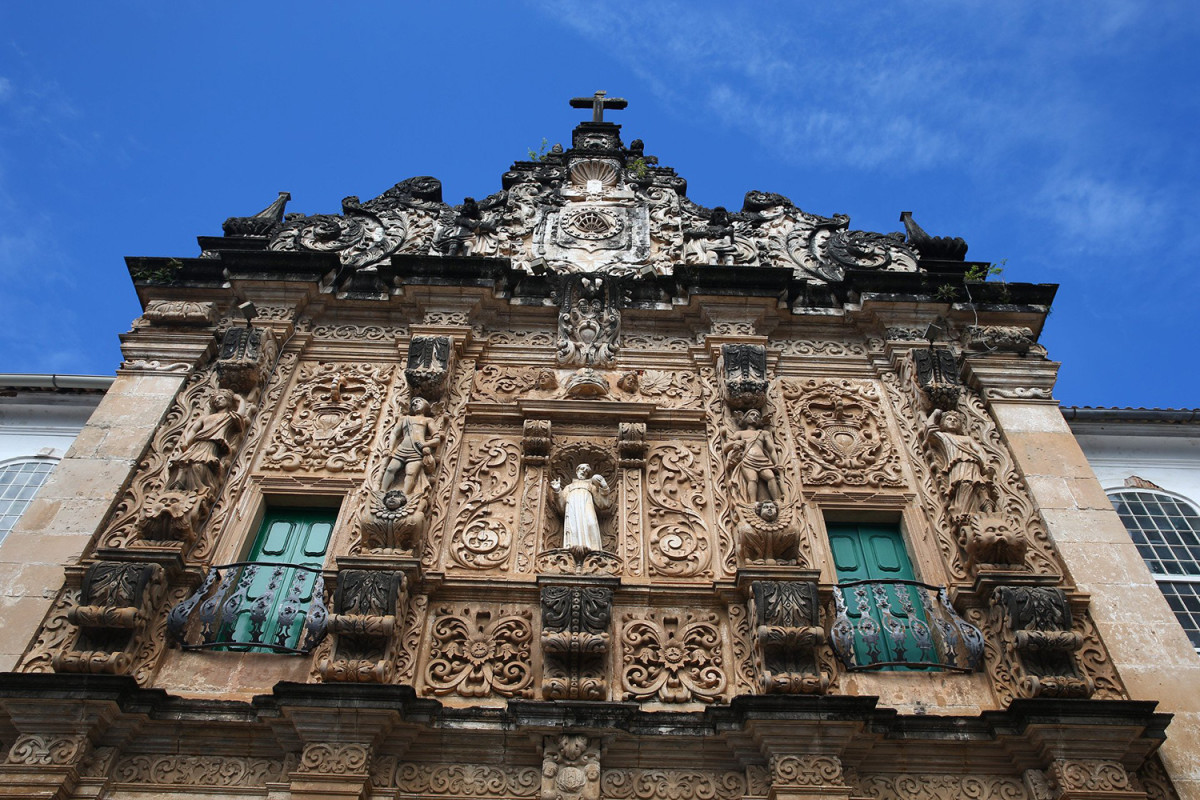
Viagem Brazil: Greg Bishop and Simon Bruty's Travel Guide to the Other Side of the World Cup. (Photos by Simon Bruty/SI)
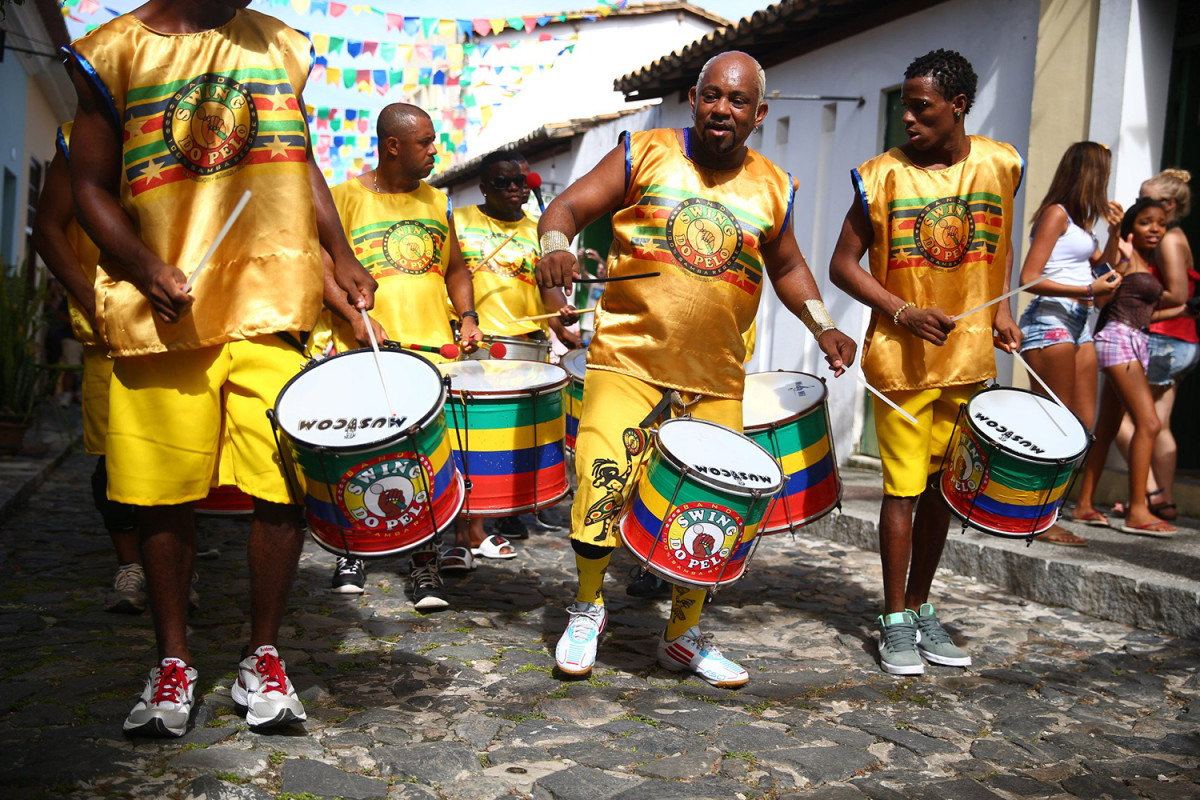
Viagem Brazil: Greg Bishop and Simon Bruty's Travel Guide to the Other Side of the World Cup. (Photos by Simon Bruty/SI)
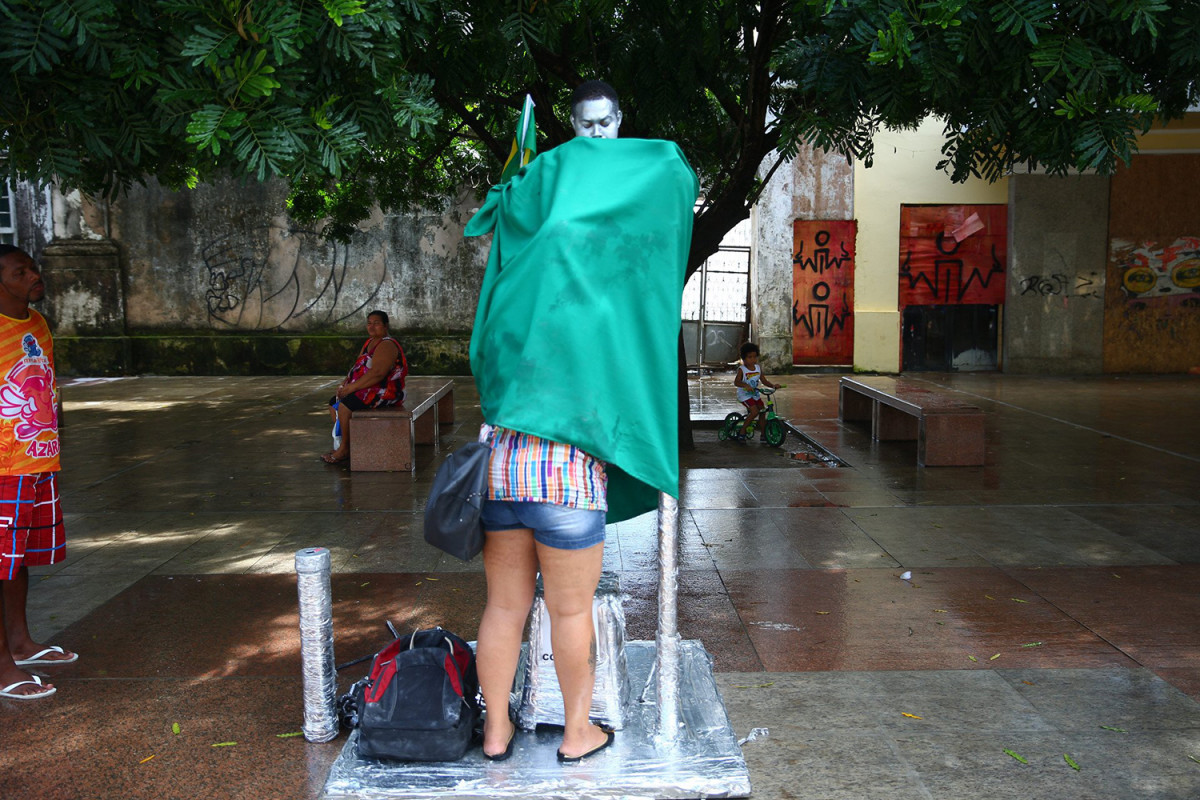
Viagem Brazil: Greg Bishop and Simon Bruty's Travel Guide to the Other Side of the World Cup. (Photos by Simon Bruty/SI)
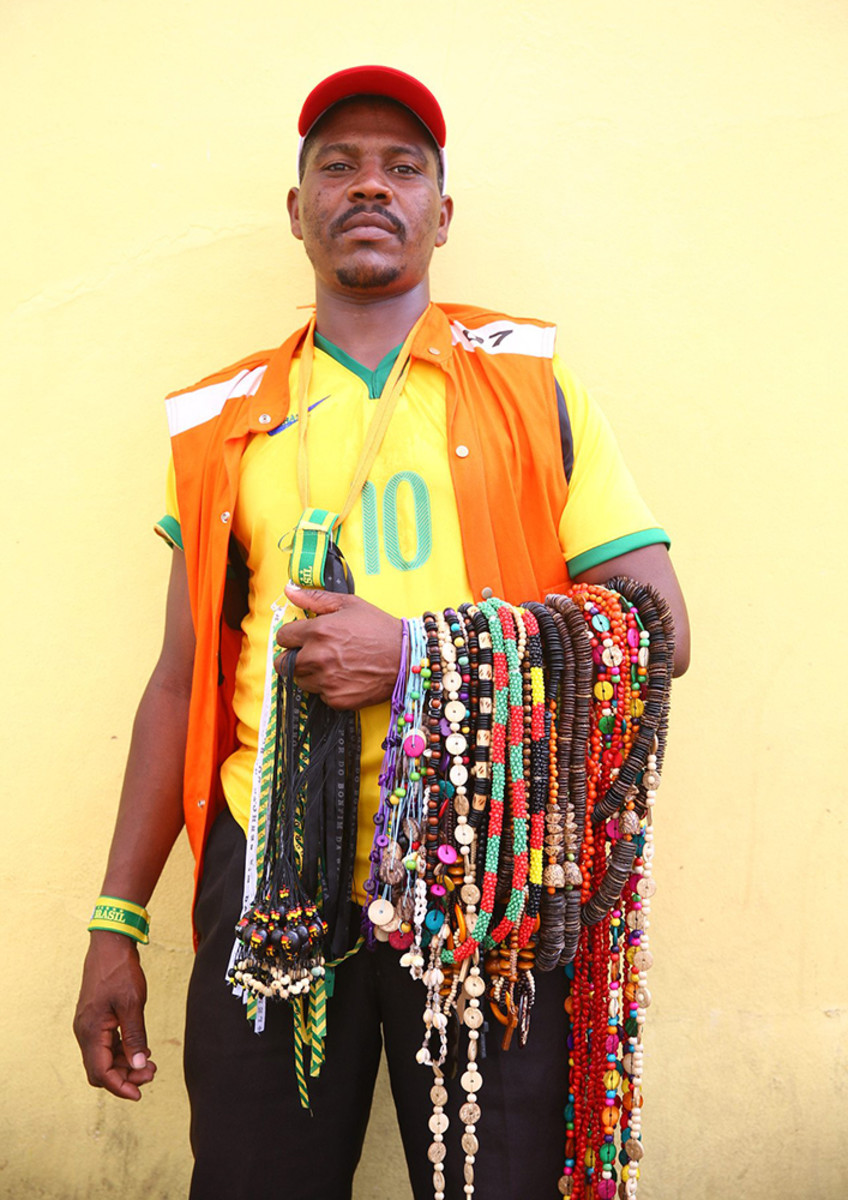
Viagem Brazil: Greg Bishop and Simon Bruty's Travel Guide to the Other Side of the World Cup. (Photos by Simon Bruty/SI)
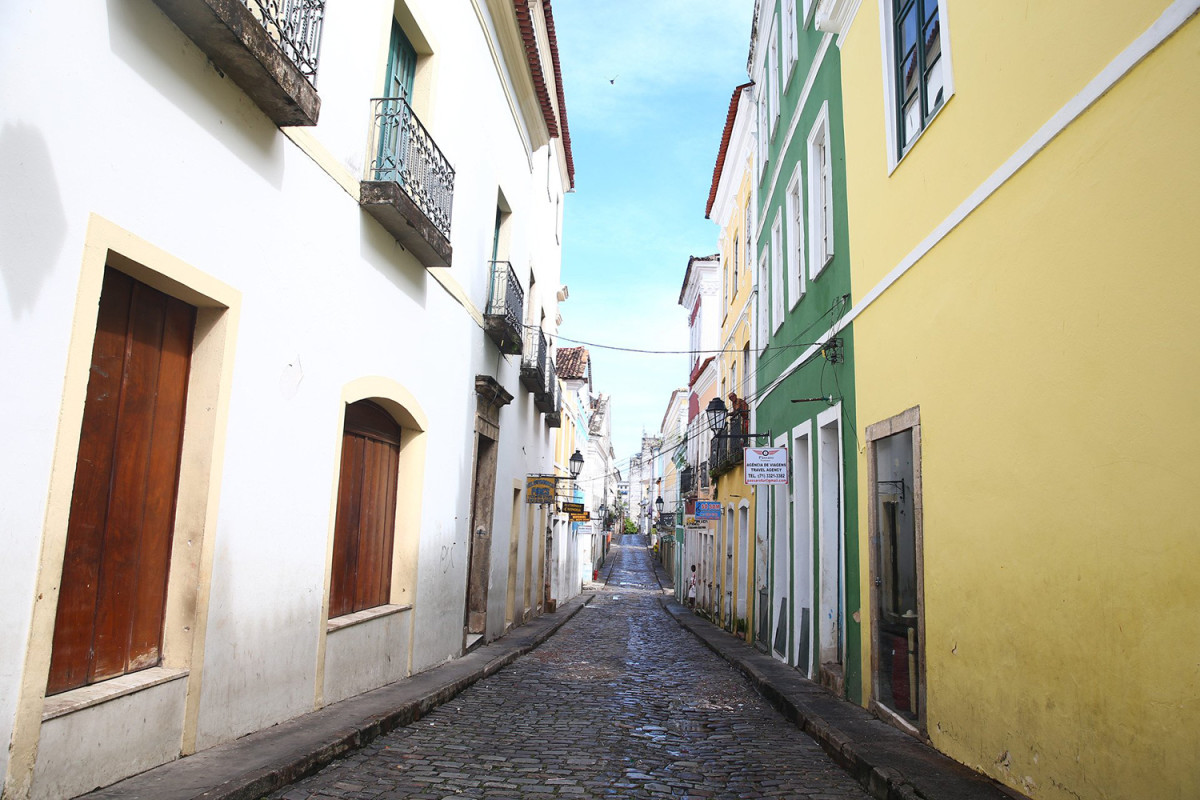
Viagem Brazil: Greg Bishop and Simon Bruty's Travel Guide to the Other Side of the World Cup. (Photos by Simon Bruty/SI)
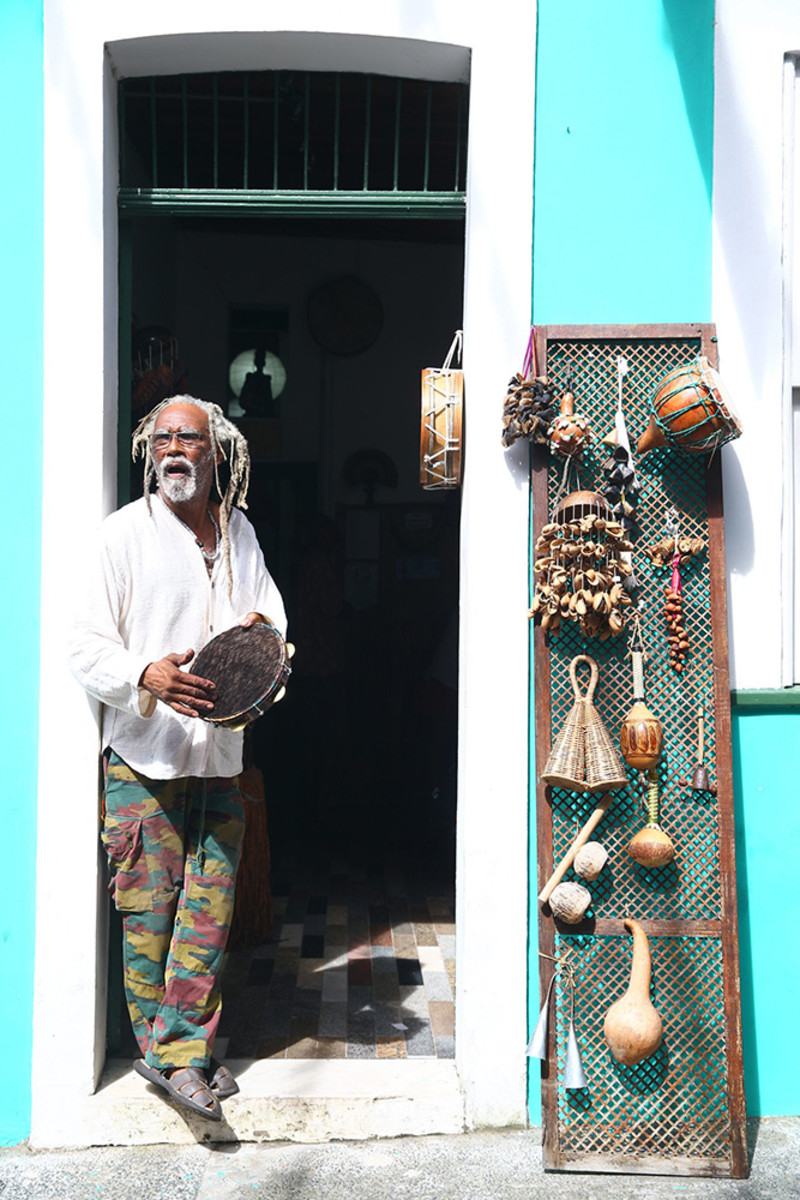
Viagem Brazil: Greg Bishop and Simon Bruty's Travel Guide to the Other Side of the World Cup. (Photos by Simon Bruty/SI)
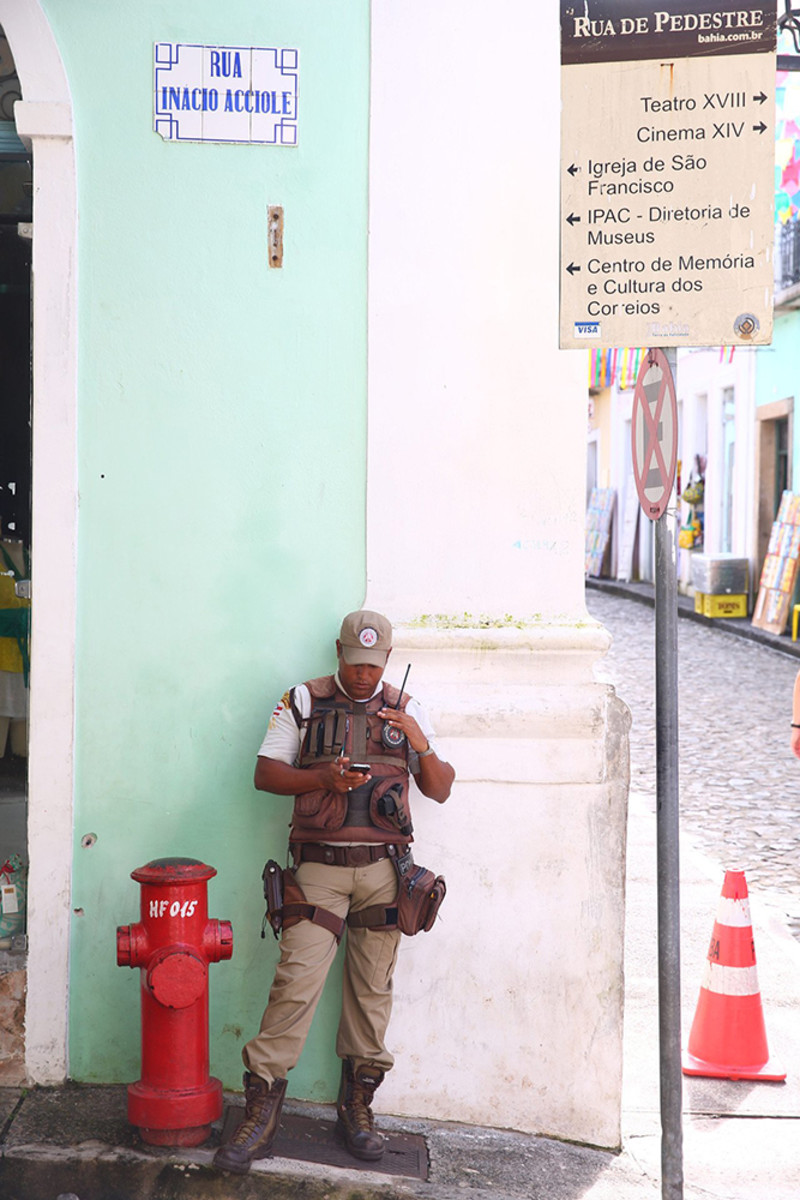
Viagem Brazil: Greg Bishop and Simon Bruty's Travel Guide to the Other Side of the World Cup. (Photos by Simon Bruty/SI)
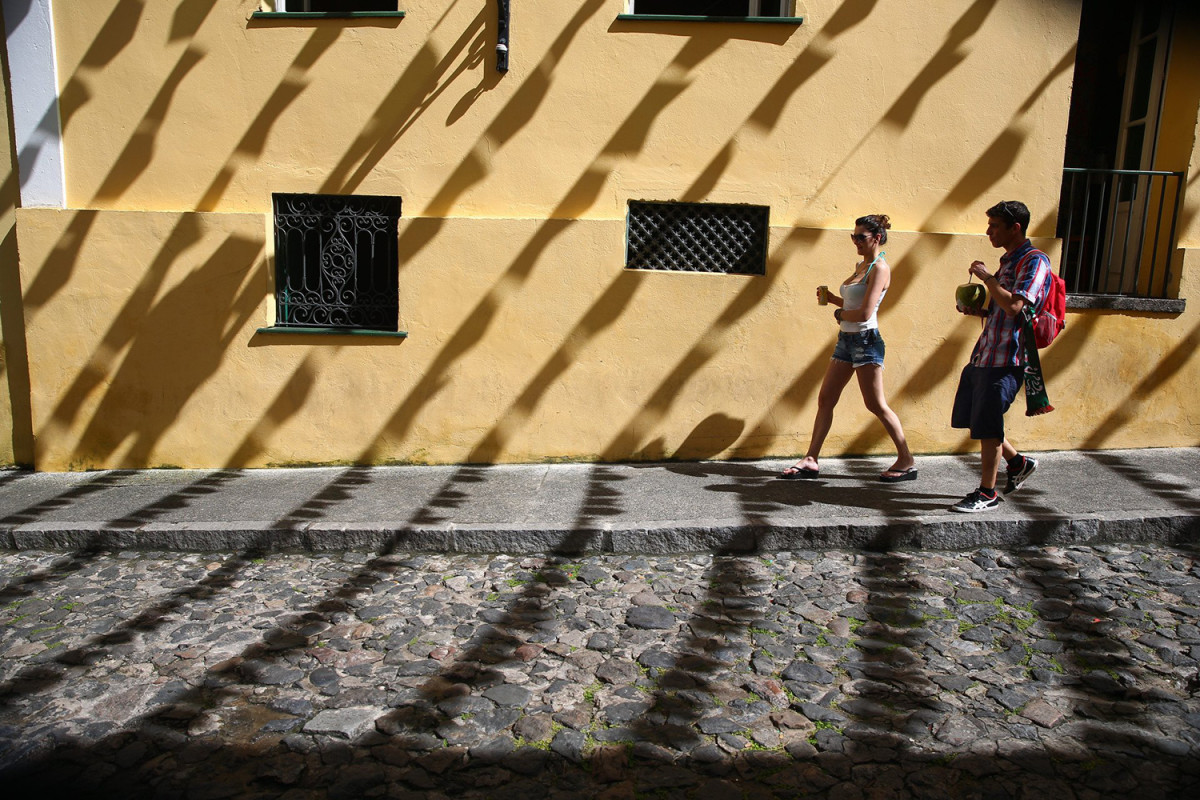
Viagem Brazil: Greg Bishop and Simon Bruty's Travel Guide to the Other Side of the World Cup. (Photos by Simon Bruty/SI)
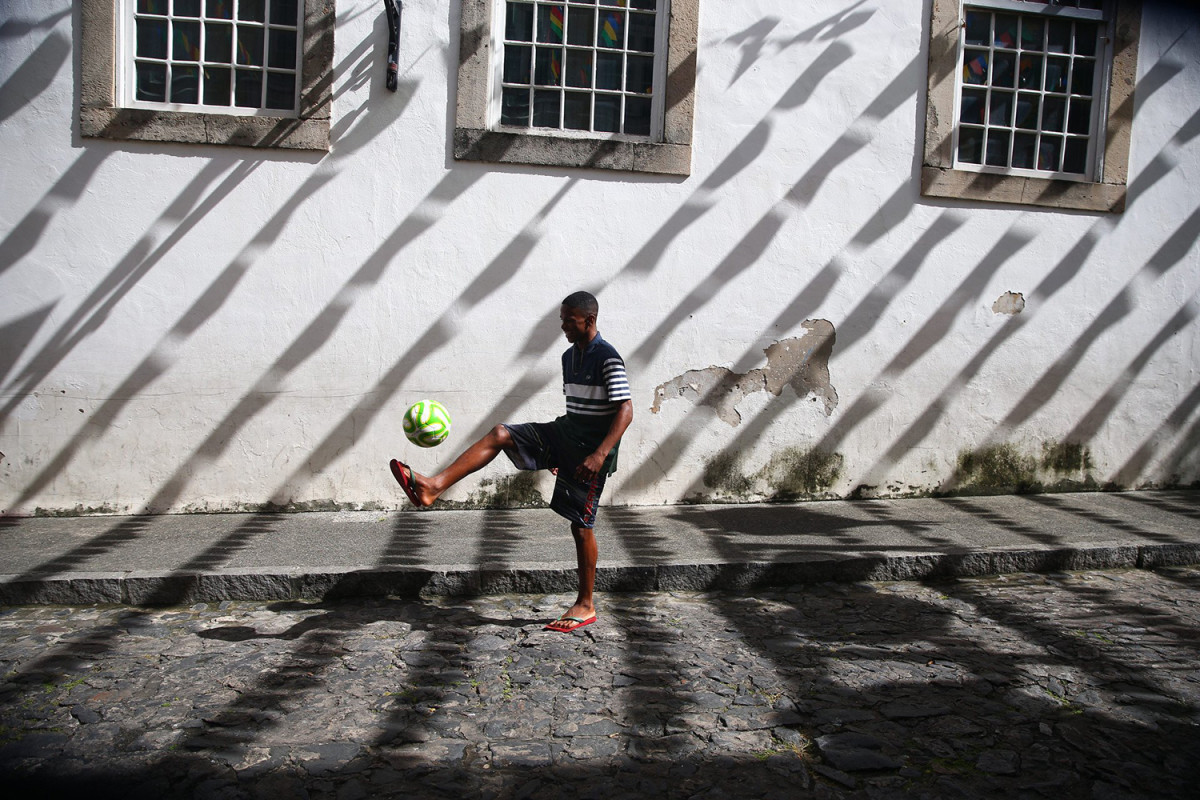
Viagem Brazil: Greg Bishop and Simon Bruty's Travel Guide to the Other Side of the World Cup. (Photos by Simon Bruty/SI)
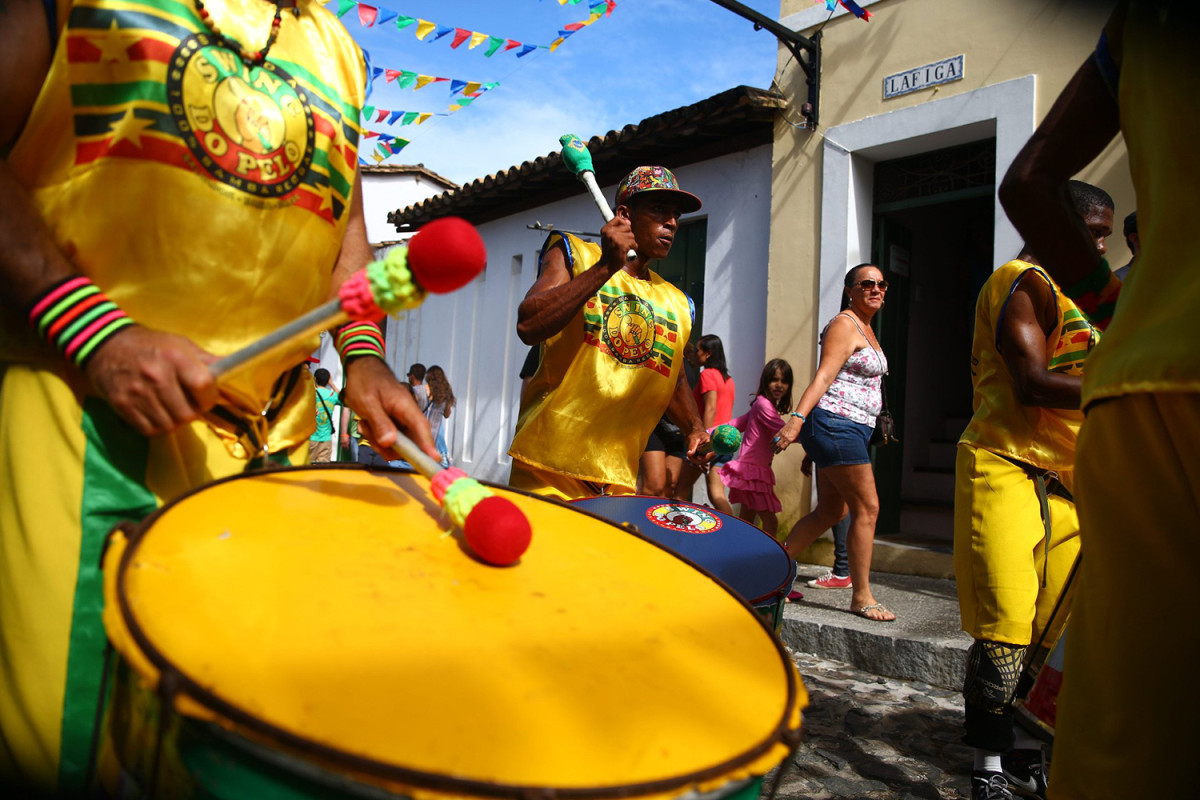
Viagem Brazil: Greg Bishop and Simon Bruty's Travel Guide to the Other Side of the World Cup. (Photos by Simon Bruty/SI)
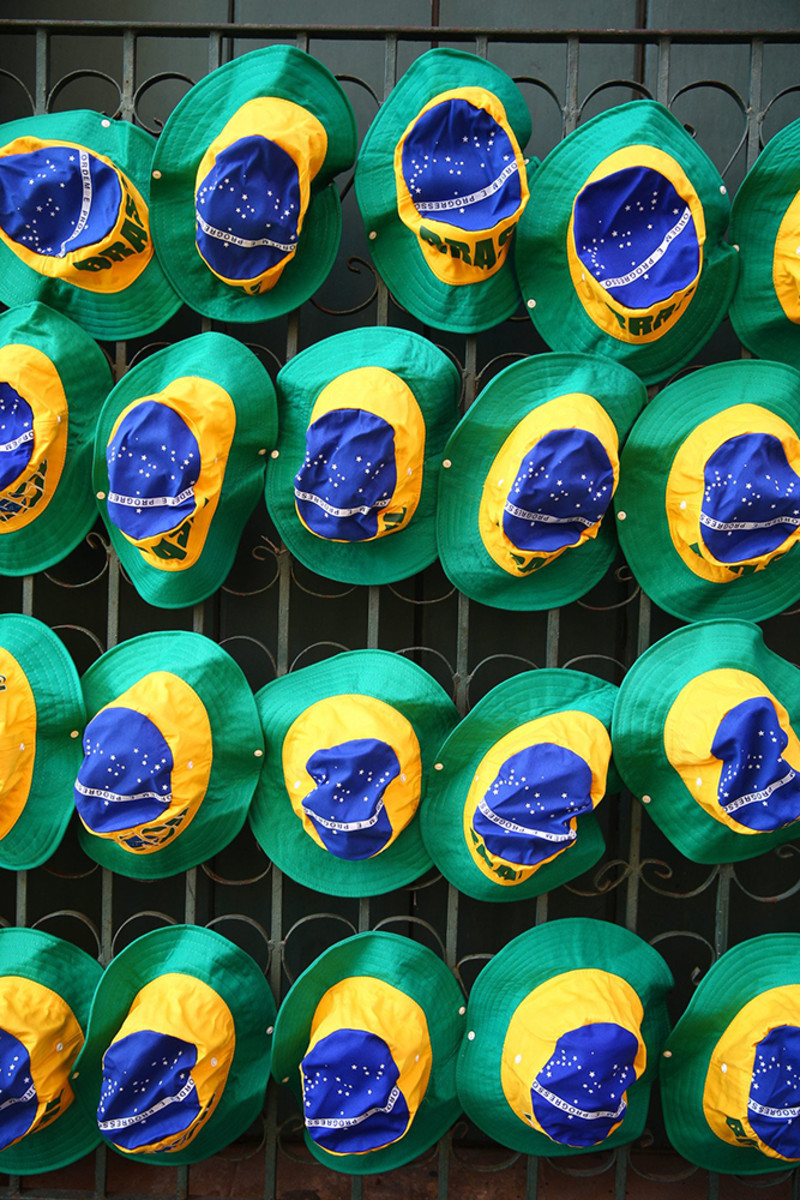
Viagem Brazil: Greg Bishop and Simon Bruty's Travel Guide to the Other Side of the World Cup. (Photos by Simon Bruty/SI)
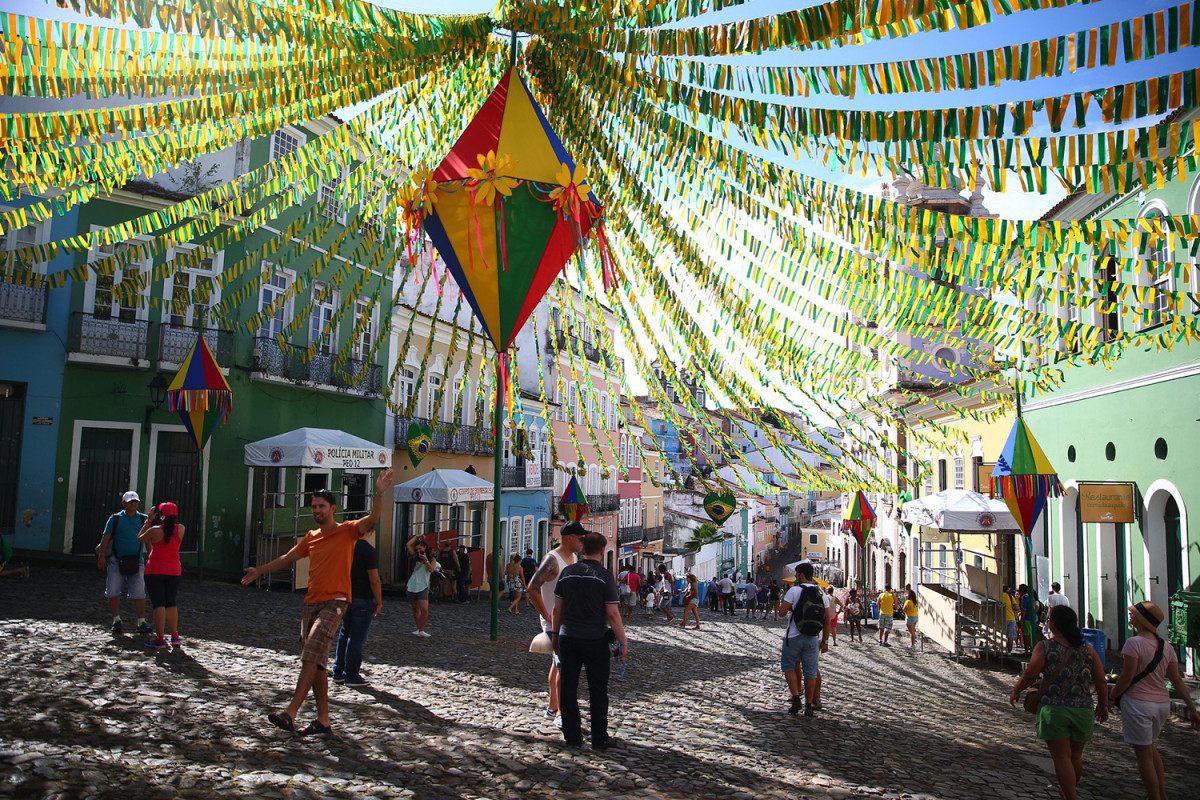
Viagem Brazil: Greg Bishop and Simon Bruty's Travel Guide to the Other Side of the World Cup. (Photos by Simon Bruty/SI)
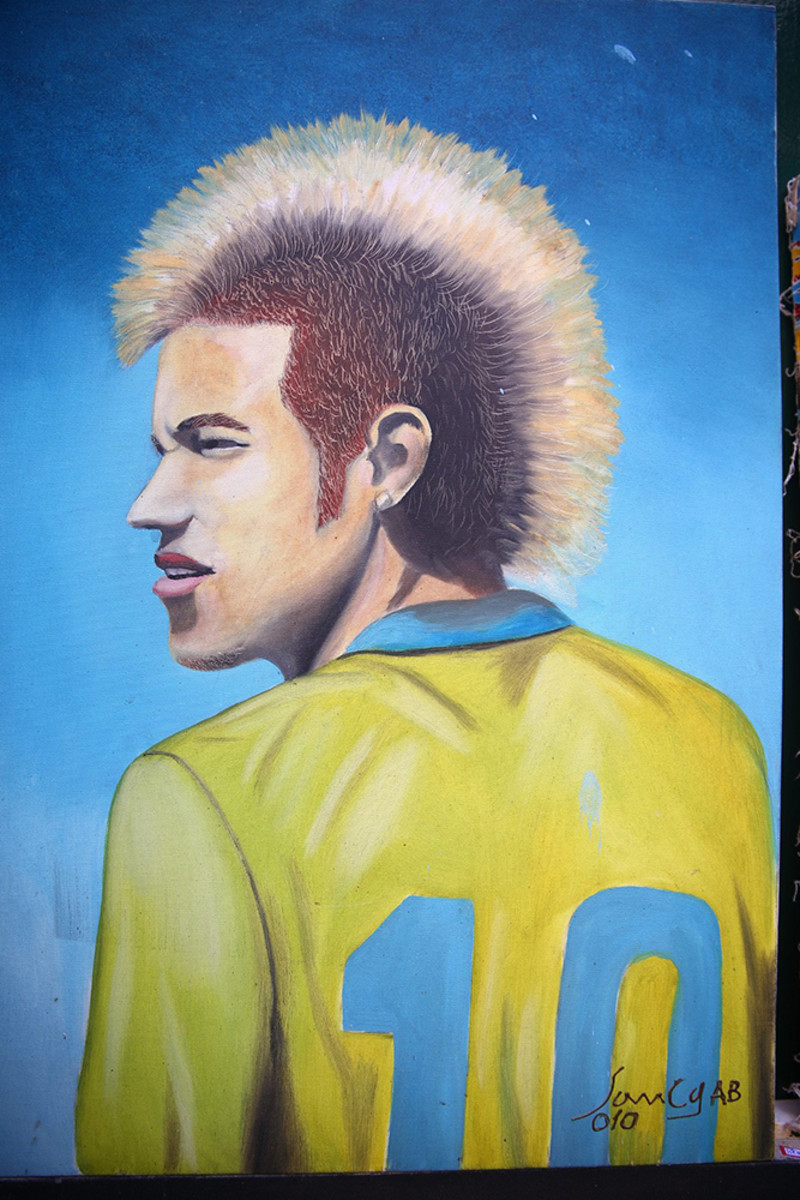
Viagem Brazil: Greg Bishop and Simon Bruty's Travel Guide to the Other Side of the World Cup. (Photos by Simon Bruty/SI)
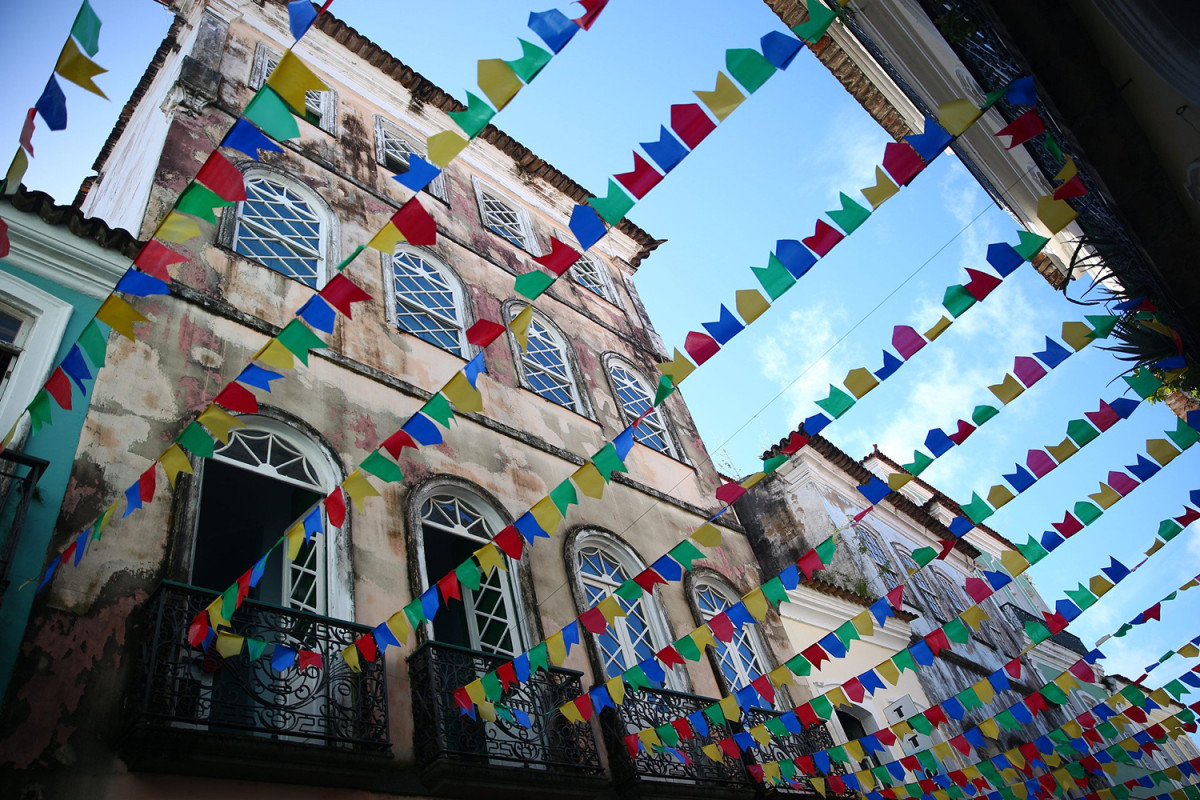
Viagem Brazil: Greg Bishop and Simon Bruty's Travel Guide to the Other Side of the World Cup. (Photos by Simon Bruty/SI)
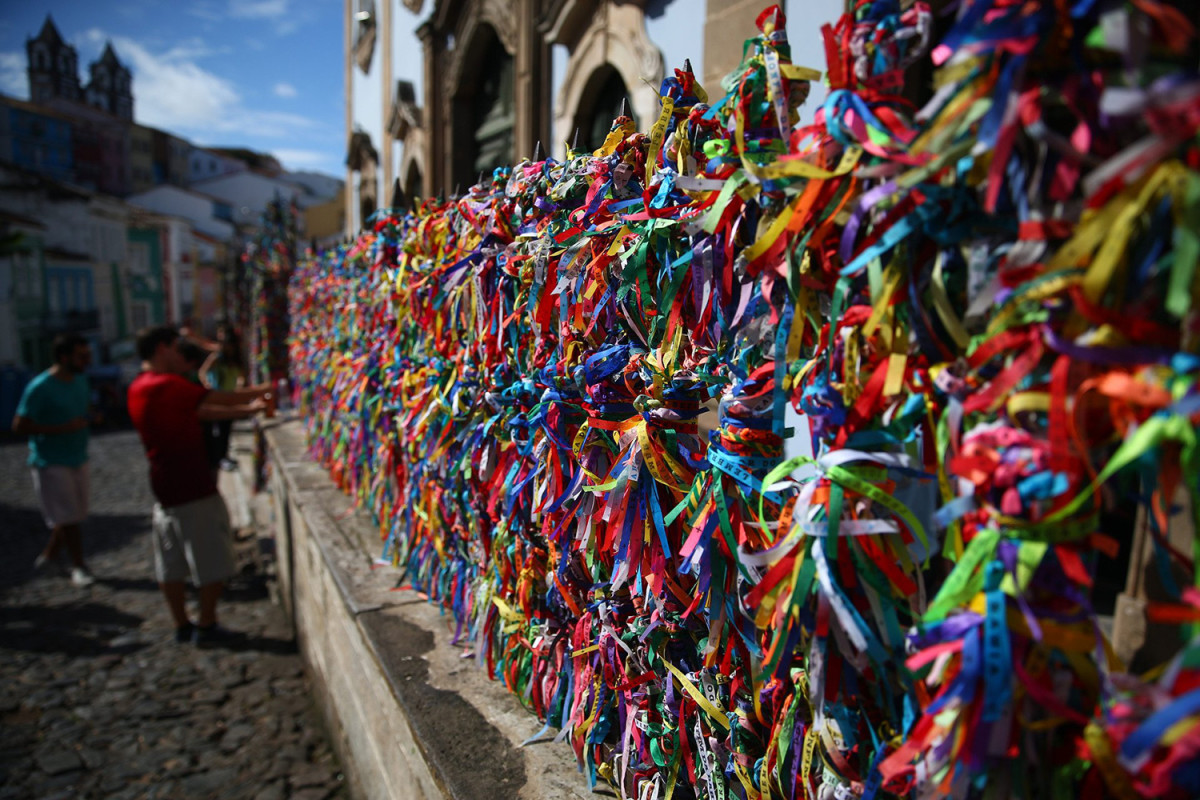
Viagem Brazil: Greg Bishop and Simon Bruty's Travel Guide to the Other Side of the World Cup. (Photos by Simon Bruty/SI)
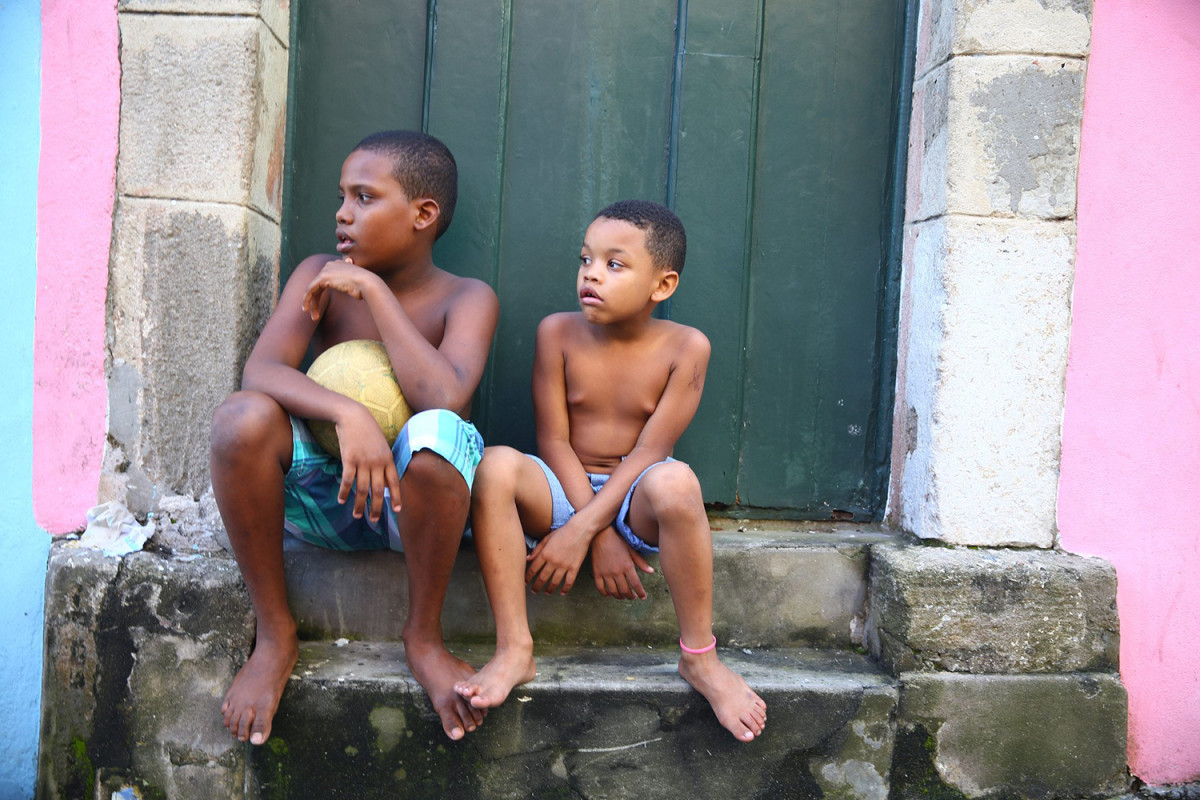
Viagem Brazil: Greg Bishop and Simon Bruty's Travel Guide to the Other Side of the World Cup. (Photos by Simon Bruty/SI)
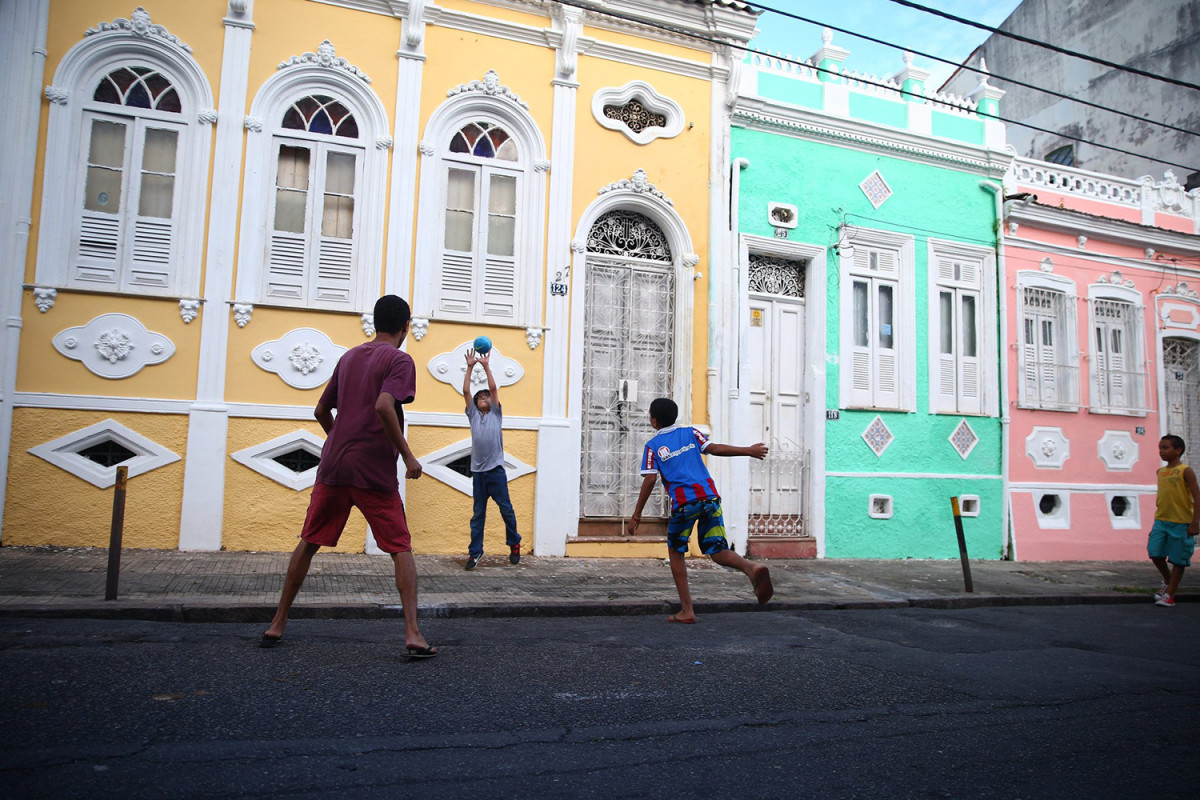
Viagem Brazil: Greg Bishop and Simon Bruty's Travel Guide to the Other Side of the World Cup. (Photos by Simon Bruty/SI)
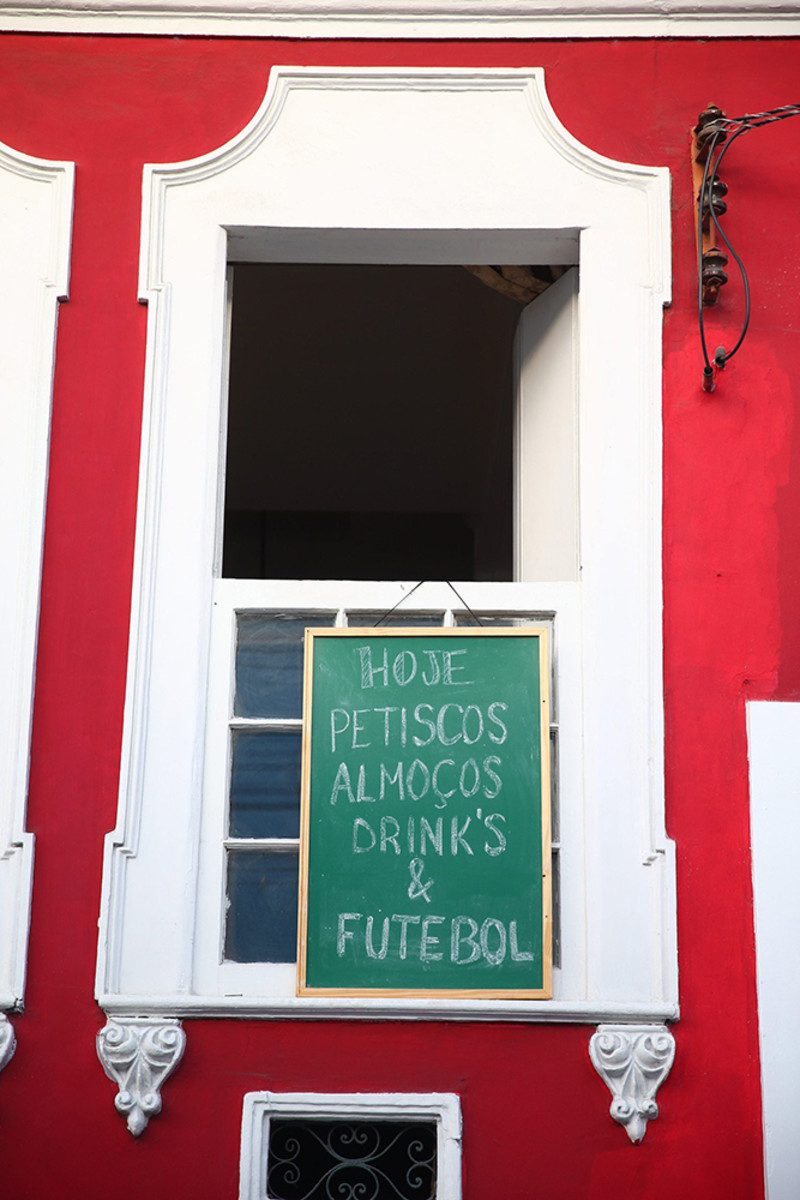
Viagem Brazil: Greg Bishop and Simon Bruty's Travel Guide to the Other Side of the World Cup. (Photos by Simon Bruty/SI)
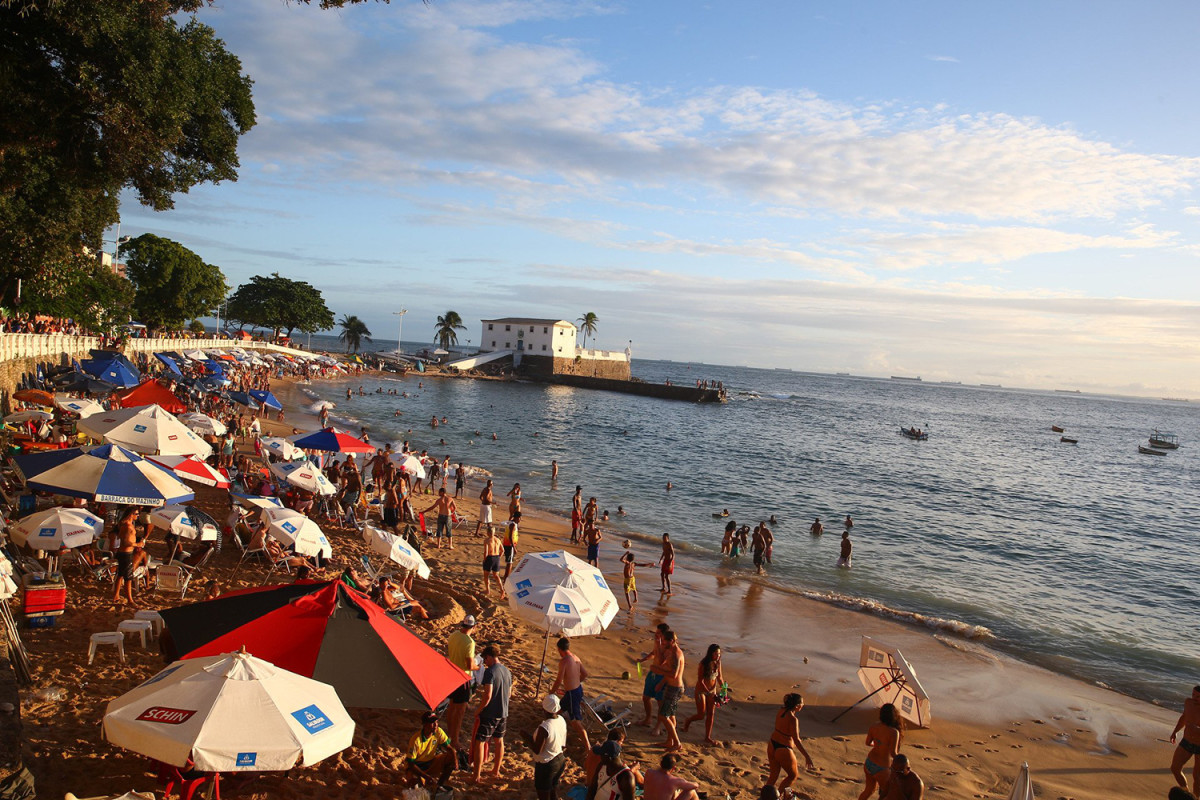
Viagem Brazil: Greg Bishop and Simon Bruty's Travel Guide to the Other Side of the World Cup. (Photos by Simon Bruty/SI)
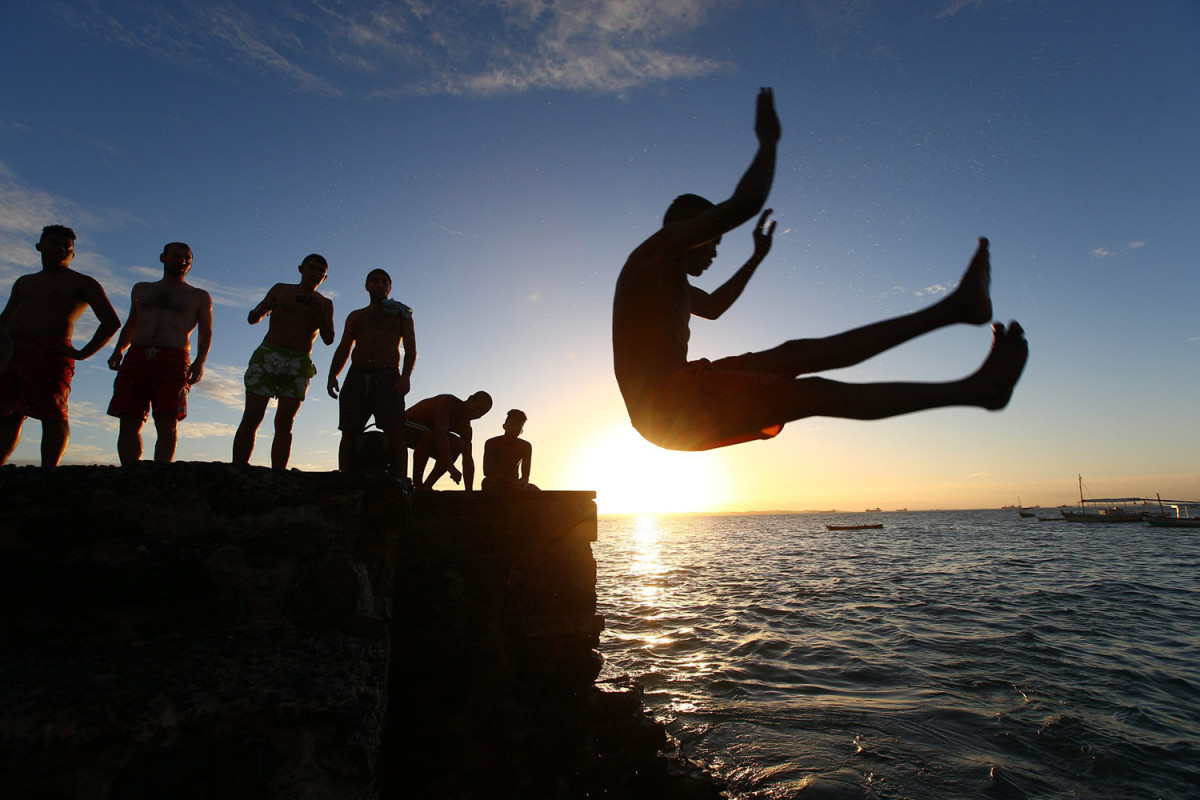
Viagem Brazil: Greg Bishop and Simon Bruty's Travel Guide to the Other Side of the World Cup. (Photos by Simon Bruty/SI)
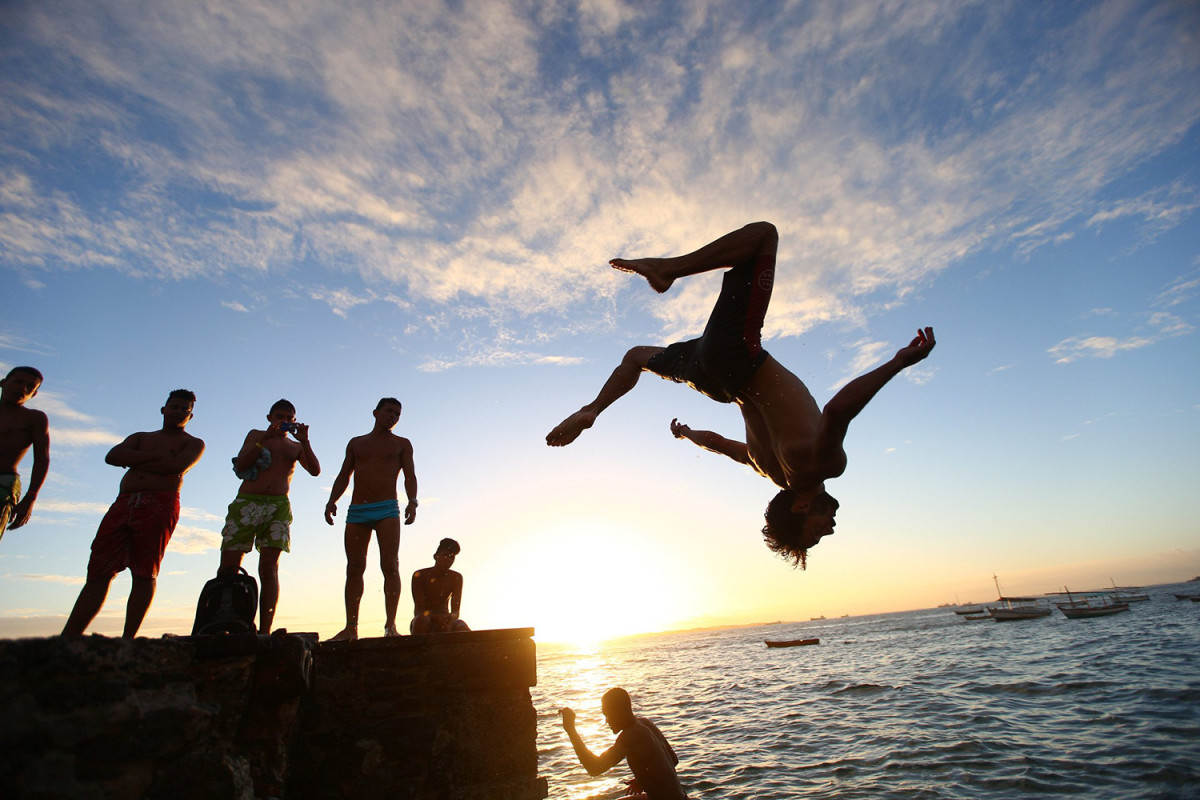
Viagem Brazil: Greg Bishop and Simon Bruty's Travel Guide to the Other Side of the World Cup. (Photos by Simon Bruty/SI)
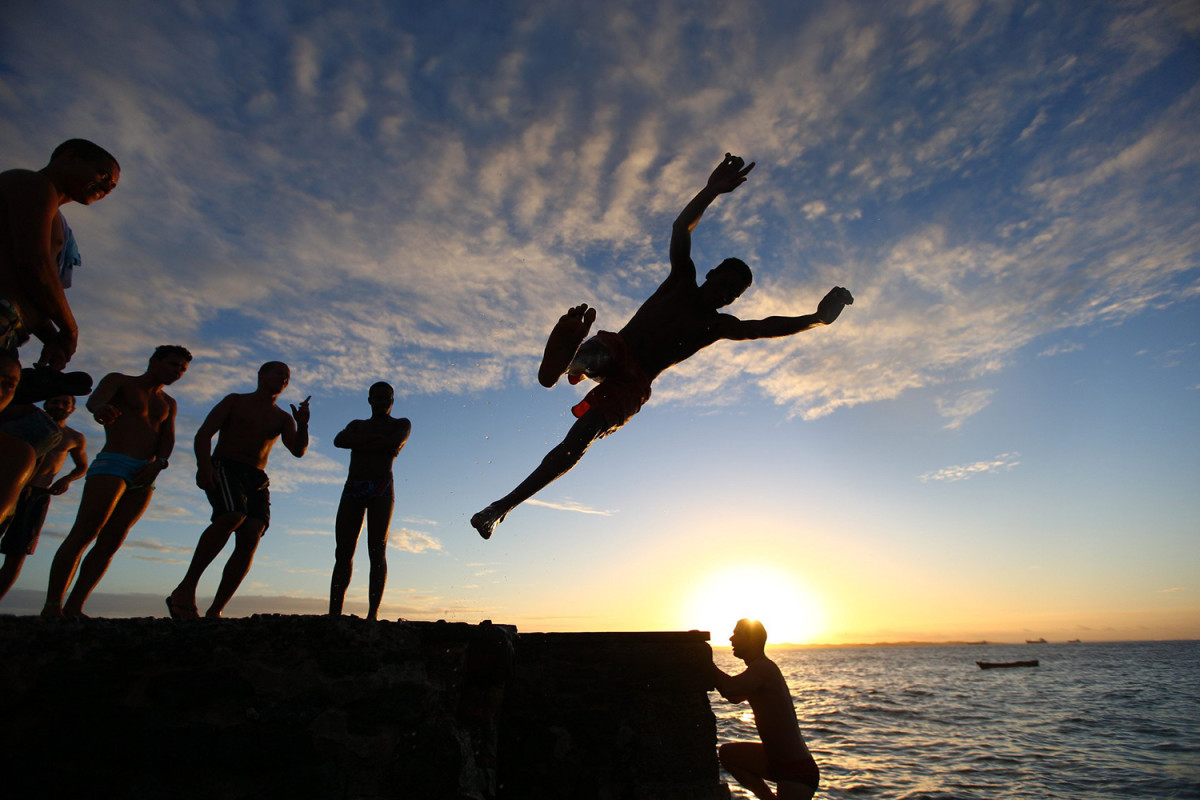
Viagem Brazil: Greg Bishop and Simon Bruty's Travel Guide to the Other Side of the World Cup. (Photos by Simon Bruty/SI)
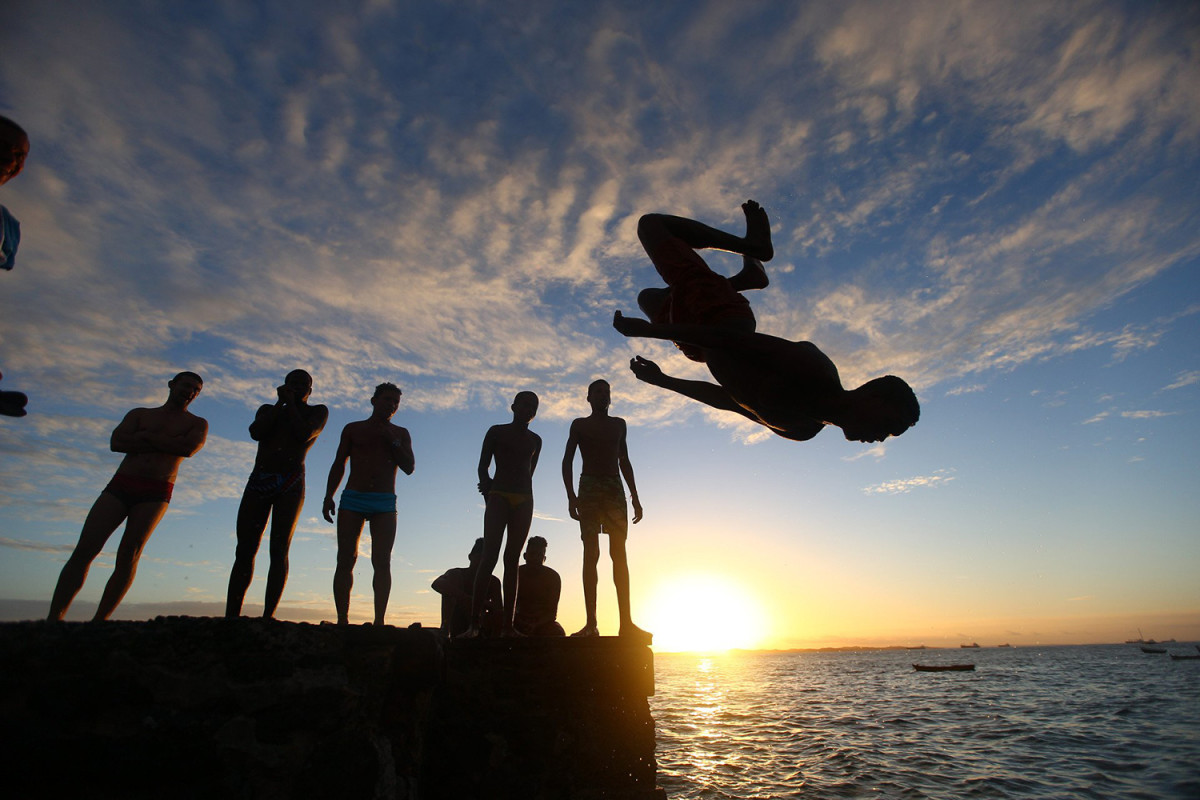
Viagem Brazil: Greg Bishop and Simon Bruty's Travel Guide to the Other Side of the World Cup. (Photos by Simon Bruty/SI)
